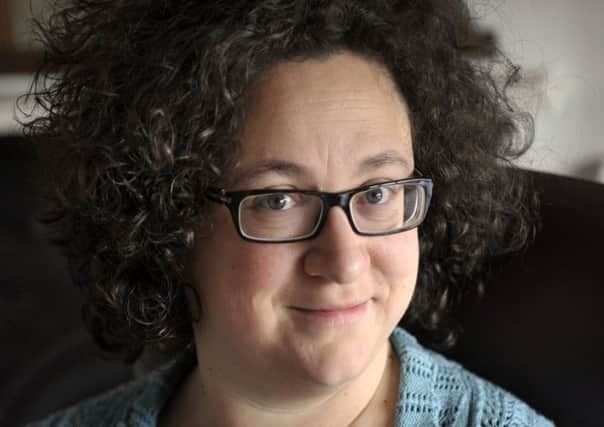Book review: The Narrow Bed by Sophie Hannah


The Narrow Bed by Sophie Hannah | Hodder & Stoughton, £14.99
At the turn of the millennium, French newspaper Le Monde commissioned a poll of the 20th century’s greatest literary works, which was written up by the novelist Frédéric Beigbeder. In at number 49 was The Murder Of Roger Ackroyd by Agatha Christie, whom Beigbeder perceptively referred to as “un auteur surréaliste”.
Advertisement
Hide AdAdvertisement
Hide AdIn that respect, Sophie Hannah – who recently wrote the first authorised new Hercule Poirot novel – is genuinely Christie’s heir. Her crime novels have a deep vein of surrealism; not just in the ingenious plotting but in the seething menace lying behind the everyday. The Narrow Bed, the tenth of her “Culver Valley” series, is exquisitely horrible.
Simon Waterhouse, her gloriously smug, Sherlock-like genius with borderline personality disorder, is part of a team working on what has become known as the “Billy Dead Mates” case. Two pairs of best friends have been murdered; the police know that the murders are connected in that in each case, each friend was surreptitiously given a handmade white book before their death, each time with paired lines of poetry. Stand-up comedian Kim Tribbeck has been given a book – but she not only has no “best friend”, she is a professional cynic, devoid of any such sentimentality. At the same time, the police investigation is being harried by a feminist polemicist, Sondra Halliday, who claims the murders are misogynistic in motivation – despite the fact that one of the four victims was a gay man.
In some ways, The Narrow Bed is Hannah’s riff on Christie’s 1936 novel The ABC Murders, which posed the question, “When is a pattern not a pattern?” (The solution is not the same as Christie’s but is wonderfully precise). As with the other novels in the series, the third person narrative of Waterhouse is paralleled with first person narratives – Tribbeck’s manuscript about her experiences and Sondra’s blog posts. The use of “found texts” – in a novel where finding a text is a harbinger of death – is done exceptionally cleverly. It forces the reader to confront issues of trust. Are the uncomfortable, sarcastic debunkings of Tribbeck – about everything from bereavement to adultery – any more reliable than Halliday’s impassioned denunciations? Hannah skilfully uses Tribbeck’s writings to subvert preconceptions of the crime genre; for example, she advises the reader that the first thing to do when interviewed by the police is to reveal all your secrets immediately. It is a smart way to keep the reader on the hop, as both characters and writer show themselves to be one move ahead of the game.
In any series there is a tension between the main plot and the ongoing story. In this one, Waterhouse’s partner, Charlie Zailer, is still fixated on her sister Liv’s relationship with the sleuth’s friend and colleague Gibbs. Why, if they’ve split up, are they having a secret rendezvous with a man and woman in Cambridge? No spoilers here, but the parallels in terms of doubles, couples and things done twice are very satisfying indeed.
There is a major difference between crime novels like this and those by, for example, Val McDermid or Ian Rankin, in which – as with real investigations – new facts narrow the parameters. Hannah is more like the Golden Age crime writers in that the clues are there in plain sight, but the reader only realises after the flourish of the revelation how cunningly they have been placed. That Waterhouse solves things before his colleagues but withholds the solution echoes the reader’s delighted frustration. In Hannah’s novels, we are allowed an element of unpuzzling, which extends to the killer’s motivations – which usually turn out to be understandable if irrational, while in the more “realist” parts of the genre they are more often reasonable but incomprehensible.
As with previous books, much of the enjoyment here is in the psychological acuity. There is insolence, anxiety, arrogance, apathy, insecurity and insincerity alongside the usual lusts and loves and angers. Although she is praised for the twistiness of her plots, Hannah’s real gift is in revealing the contorted and convoluted nature of the human heart; a place where honesty is not the same as decency, guilt is not the same as wrong and where truthfulness and kindness can be poles apart.